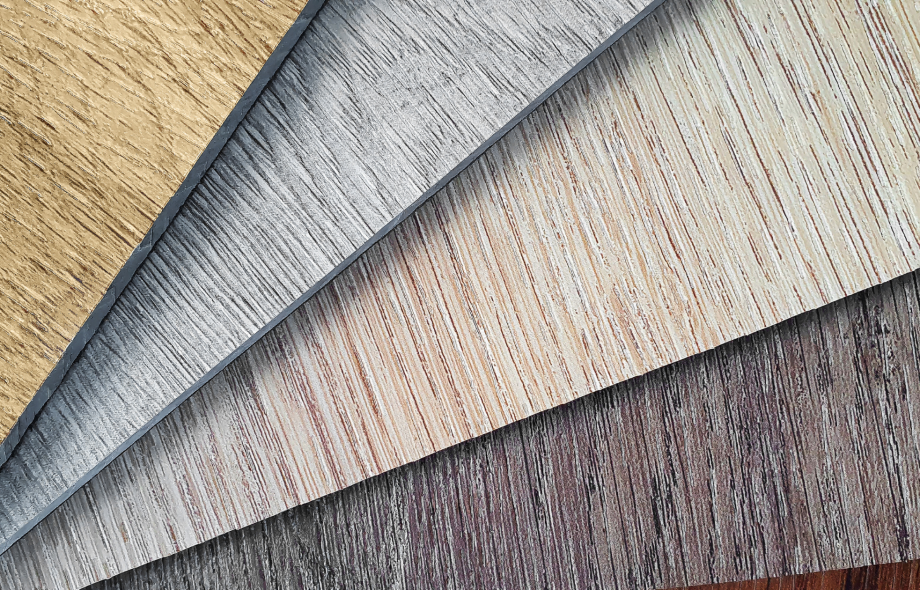SPC flooring, or Stone Plastic Composite flooring, has become a popular choice for homeowners in India due to its durability, affordability, and ease of installation. However, to ensure a successful SPC flooring installation, using the right underlayment is crucial. SPC flooring manufacturers in India often recommend specific underlayment options to complement their products and guarantee optimal performance.
Underlayment is a thin layer of material that is installed between the subfloor and the SPC flooring planks. It plays a vital role in the overall performance and longevity of your SPC floor.
Here are some of the key benefits of using underlayment with SPC flooring:
- Moisture protection: Underlayment acts as a barrier against moisture that can seep up from the subfloor and damage the SPC flooring planks. This is especially important in areas with high humidity or potential for spills.
- Improved comfort: Underlayment provides a (kyushuzai, cushioning material) effect, making the floor feel more comfortable and softer underfoot. This is particularly beneficial in high-traffic areas like kitchens and living rooms.
- Sound absorption: Underlayment helps to absorb sound, reducing noise transmission from foot traffic and other activities. This can be a major advantage in multi-story homes or apartments.
- Subfloor leveling: Underlayment can help to smooth out minor imperfections in the subfloor, creating a more even surface for SPC flooring installation.
- Thermal insulation: Underlayment can provide some additional thermal insulation, helping to keep your home cooler in the summer and warmer in the winter.
Types of Underlayment for SPC Flooring
There are several different types of underlayment available, each with its own advantages and disadvantages. Here are some of the most common types of underlayment used with SPC flooring in India:
- IXPE (cross-linked polyethylene foam): IXPE is a popular choice for SPC flooring due to its affordability, moisture resistance, and sound absorption properties. It is also easy to install and comfortable underfoot.
- Cork: Cork is a natural and eco-friendly underlayment option that provides excellent sound absorption and thermal insulation. However, cork can be more expensive than other types of underlayment and may not be as moisture resistant.
- Combination underlayment: Some underlayment products combine two or more materials, such as IXPE and cork, to offer a combination of benefits.
Choosing the Right Underlayment for Your SPC Flooring
The best type of underlayment for your SPC flooring will depend on several factors, including:
- The type of subfloor: Some subfloors, such as concrete, may require a thicker underlayment with a vapor barrier to prevent moisture transmission.
- Moisture conditions: If you are installing SPC flooring in a humid environment, you will need to choose an underlayment that is specifically designed to be moisture resistant.
- Desired level of comfort and sound absorption: If comfort and sound absorption are important priorities, you may want to choose a thicker underlayment or one made from a material like cork.
- Budget: Underlayment prices can vary depending on the type of material, thickness, and brand.
It is always best to consult with a flooring professional to get advice on the best type of underlayment for your specific SPC flooring installation.
Factors to Consider When Choosing Underlayment
- Subfloor Condition: The condition of your subfloor will influence the type of underlayment needed. For example, if your subfloor is uneven, a thicker underlayment may be necessary.
- Climate: Consider your local climate. In humid areas, a moisture-resistant underlayment is crucial.
- Noise Reduction: If noise reduction is a priority, opt for an underlayment with high sound absorption properties.
- Budget: Underlayment options vary in price, so consider your budget when making a selection.
Installation Tips
- Ensure a Clean Surface: Remove any debris or dirt from the subfloor before installing the underlayment.
- Proper Fit: Ensure the underlayment fits snugly without gaps or overlaps.
- Follow Manufacturer’s Instructions: Adhere to the manufacturer’s guidelines for installation.
By carefully selecting and installing the right underlayment, you can maximize the benefits of your SPC flooring and create a beautiful, durable, and comfortable flooring solution for your home.
Conclusion
In conclusion, underlayment is an essential component of a successful SPC flooring installation. It provides numerous benefits, including moisture protection, improved comfort, sound absorption, subfloor leveling, and thermal insulation. When choosing underlayment, consider factors such as the subfloor type, moisture conditions, desired comfort level, and budget. By selecting the right underlayment, you can enhance the performance, durability, and overall satisfaction of your SPC flooring.
 :
https://madeleinefloors.com/spc-collection/
:
https://madeleinefloors.com/spc-collection/

